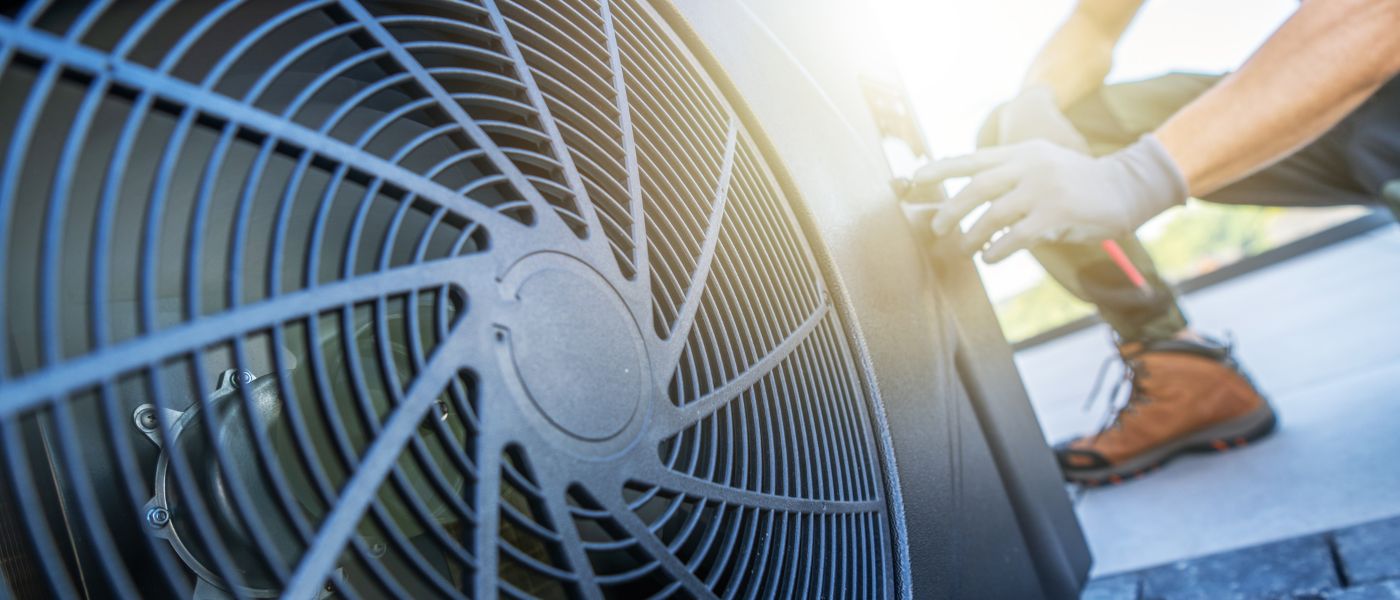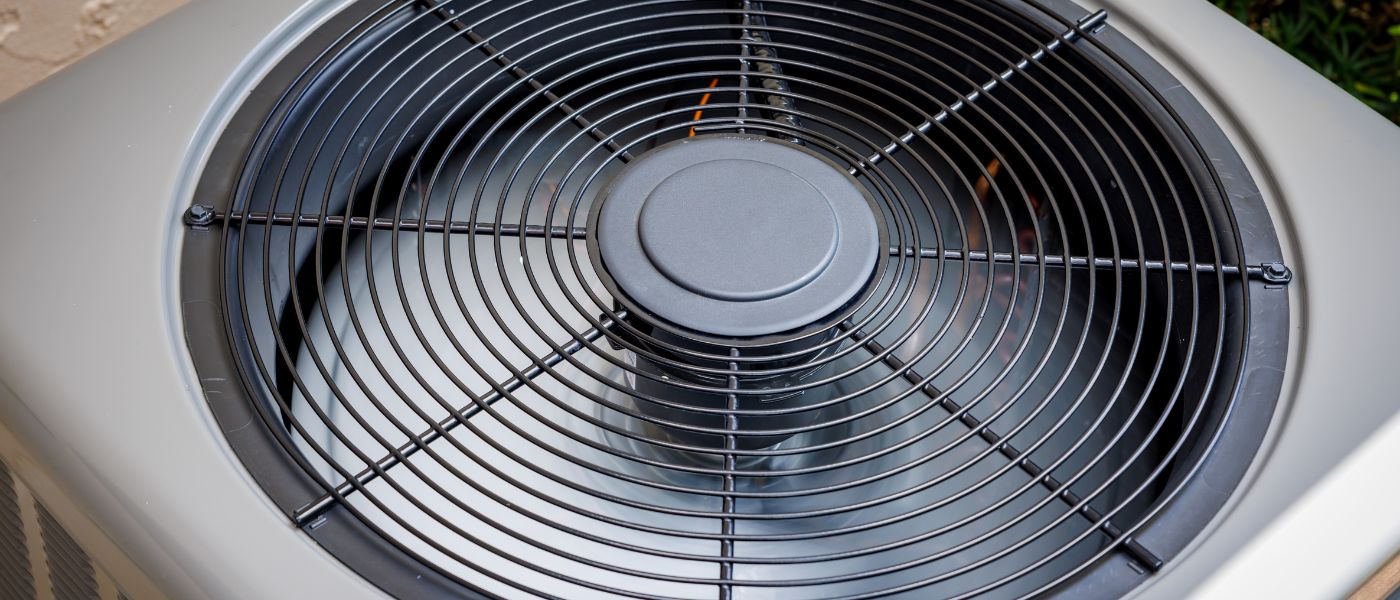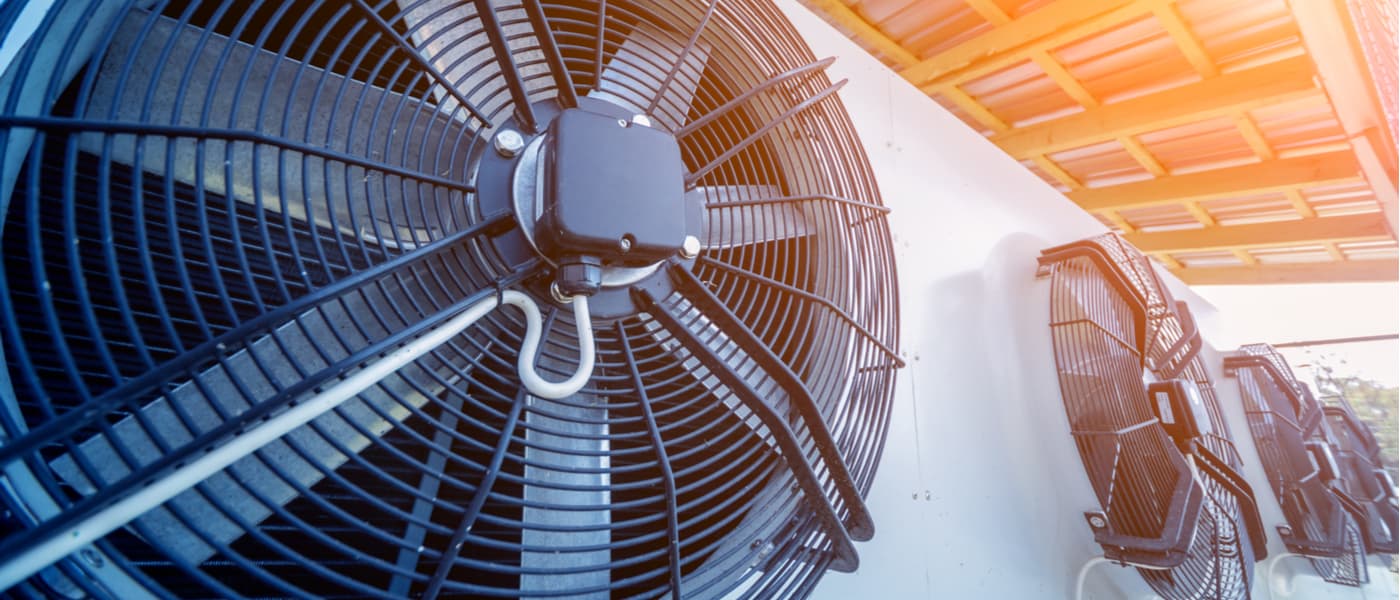You might have wondered if you should go with a natural draft HVAC system or a forced draft fan if you ever needed to replace your HVAC system. We’re gonna break it down for you and help ya choose! 😎
What are the benefits of a natural draft fan?
Natural draft fans are simple and cost less. They provide the simplest means for regulating air quality in HVAC systems. Because they require very little energy (i.e., no electricity), they are energy efficient and also cost less to purchase than forced-draft fans.
They can be adjusted to meet various system needs by altering the chimney height or cross-sectional area, which provides for faster heat exchange or increased capacity as needed.
What are the benefits of a forced draft fan?
Forced draft fans tend to be more efficient than natural draft systems because they use power to force more air through the system faster. While this may increase efficiency, it also increases costs, first in purchasing and installing the more complex system and then in running it due to its need for electricity.
They can also be used in large buildings where natural drafts would not produce enough circulation as needed, such as hospitals, shopping malls, or schools with large populations that rely on an HVAC system.
Both natural-draft and forced-draft fans are important components in HVAC systems.
When you’re shopping around for a new HVAC system, you may notice that some companies offer natural draft furnaces and others offer forced draft furnaces. What’s the difference between these two types of systems?

What are their advantages and disadvantages to consider as you make your purchase decision? Read on to learn more about what each one offers and how they differ.
Natural Draft vs Forced Draft Furnaces
Both natural draft systems and forced draft systems are important components in HVAC systems. Natural draft furnaces rely on gravity and the phenomenon known as convection—where warm air rises due to its lower density relative to cooler air—to pull hot combustion gases through the heat exchanger and out of the exhaust flue.
Forced draft fans, meanwhile, use electric fans or blowers to force air into a furnace’s combustion chamber before it can be expelled through the exhaust flue; this method is also referred to as induced draft because it induces airflow into a system rather than relying solely on natural currents.
Advantages of Natural Draft Systems
Natural draft systems have been in use for hundreds of years; they are simple, reliable, and affordable. For commercial HVAC applications that do not require high levels of efficiency (such as industrial buildings or warehouse storage facilities), they may be a good choice.
On average, initial costs will be lower than those associated with setting up forced-draft fan technology; however, this cost advantage may not persist over time if your business requires frequent heating or cooling throughout the year.
In a natural draft system, gravity and convection currents bring in fresh air and expel waste gases.
A natural draft system is the oldest kind of furnace, and it’s one that you’re likely more familiar with than you think. In a natural draft system, gravity and convection currents bring in fresh air and expel waste gases.
Gravity does most of the work; hot air rises above cold air simply because hot air is lighter than cold air. Because of this fact, hot gases rise to the top of the smoke stack.
Besides using gravity for ventilation, a natural draft system uses convection currents for ventilation as well. As the fire burns in a furnace, it heats up all of the surrounding components like bricks, water tubes or coils, and all other materials that make up your furnace.
These heated components release their heat into their surroundings (the colder ambient air), creating a cycle of convection currents within your furnace itself due to temperature differences between objects inside your furnace and outside air that enters from below.

This same principle applies to rising gasses in a smoke stack: once enough heat has been transferred into its walls by combustion byproducts such as carbon dioxide and water vapor, the gasses are warmer than outside ambient temperatures (in addition to being lighter due to their high temperature), leading them upwards through your flue thanks to buoyancy forces created by rising temperatures.
These two processes working together create what’s known as “stack effect,” which pulls fresh combustion air down into your burner from below while expelling waste gases through flues or vents at the top.
A natural draft system is simple and inexpensive, but it’s inefficient and tends to overheat.
A natural draft system is simple and inexpensive, but it’s inefficient and tends to overheat. How does it work? After the heated gases pass through a heat exchanger, a fan then discharges the exhaust gas from the boiler.
To be specific, here are some examples of natural draft systems:
- A vent stack on top of the boiler allows steam to exit. The draft that draws this flue gas up through the furnace is created by a difference in density between hot flue gas in the stack versus cold air outside. This method works very well with furnaces that have relatively small firing rates.
- When there is little excess air in an induced-draft system, much of its potential power may be used up overcoming static pressure losses through ductwork or other obstacles. Some induced-draft fans must be equipped with variable speed drives to reduce horsepower when static pressure drops during low firing conditions.
In a forced draft system, fans move fresh air into the building.
In a forced draft system, fans move fresh air into the building. Pressure is created in the furnace by a fan or blower and then the air is moved throughout the ductwork to the various rooms of your home. Fans use mechanical devices that spin blades that move air.
These fans are more efficient than natural draft systems, but they require a power source.
A forced draft system is more expensive than a natural draft one, but it’s also more efficient and less likely to overheat.
The multi-zone forced draft system is not only more expensive than the natural draft system, but it’s also more efficient. It uses a fan or blower to force fresh air into the building by pushing stale air out. This allows you to completely control the exhaust and supply of fresh air, reducing the chance of overheating or wasting energy.
This is a great option for large commercial buildings where efficiency and cost-effectiveness are important. Forced draft systems are also used in larger industrial applications such as power plants, boilers and furnaces and nuclear reactors due to their ability to maintain consistent air flow.
Forced draft heats faster while natural draft cools faster.
A natural draft system uses rising heat to pull the air through the heat exchanger and up through the chimney. The hotter the firebox, the faster it rises. Because of this, natural draft systems are more efficient at cooling than heating.
A forced draft system uses a fan to push air through the heating system, much like an electric fan moves air around in your home. This is far more efficient than a natural draft system because it allows you to control exactly how much heat is produced by increasing or decreasing fan speed. A forced draft unit also requires less maintenance because there’s no need for yearly inspection of flues and chimneys as required by natural draft units.
However, forced draft units require more energy and can be quite expensive depending on what type of fuel you’re using (electricity vs gas).
